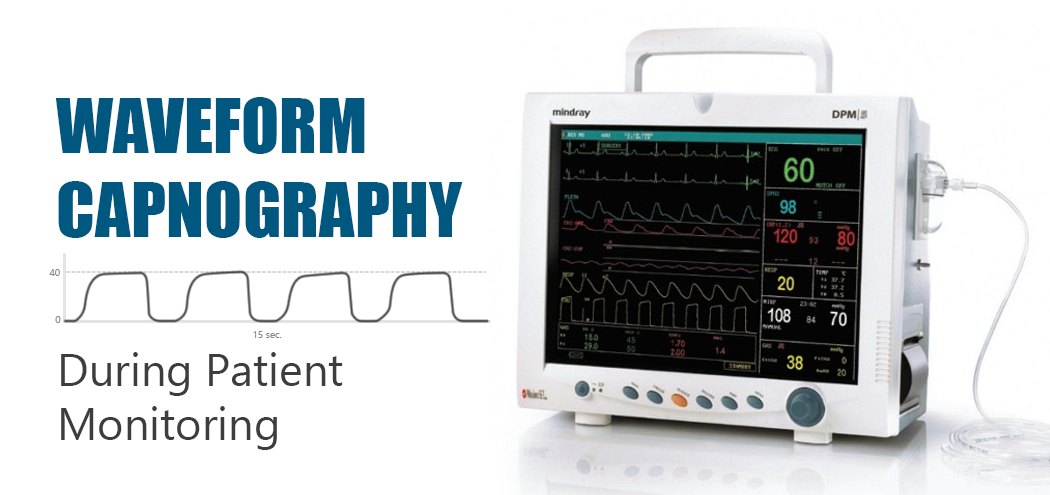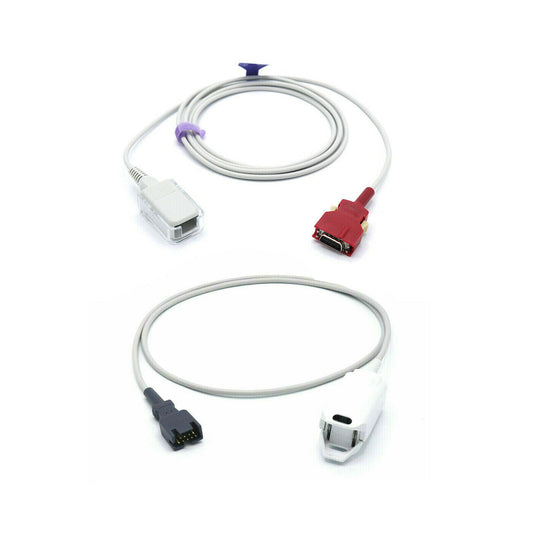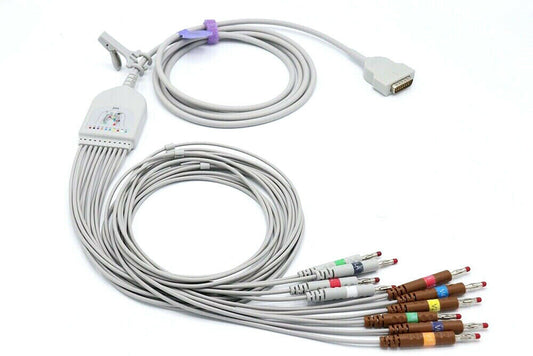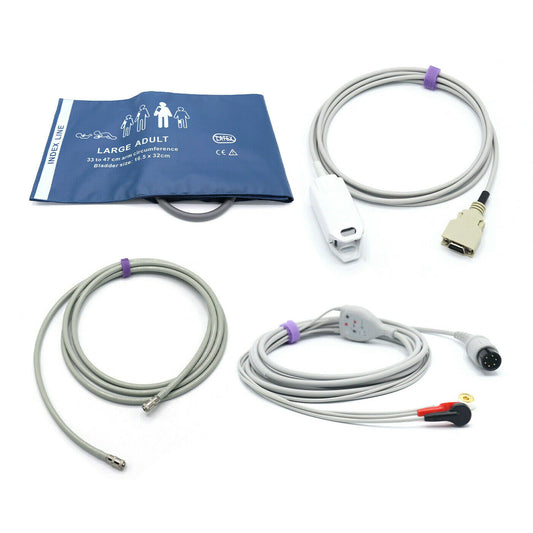What is Capnography?
Capnography is a noninvasive method used to continuously evaluate end-tidal carbon dioxide (ETCO2). In general, capnography utilizes a sensor to measure the amount of inhaled and exhaled carbon dioxide (CO2) in the body. The amount of expired CO2 can be imperative in many medical emergencies as it represents a patient’s level of ventilation. Depending on the type of device used, this data can be projected numerically or graphically on a monitor. The numerical value represents capnometry, which is the partial pressure of CO2 at the completion of an exhale. The typical ETCO2 value ranges between 35 and 45 mmHg.
Assessment of ventilation is important, as someone who is not properly ventilating could be experiencing respiratory failure or arrest. Likewise, capnography can provide an accurate assessment of the severity of a respiratory condition and an individual's response to treatment. There are several types of capnographs that can be used to provide this information via ETCO2 readings. One of the more advanced and successful methods includes waveform capnography.
Benefits of Capnography method
EMS providers can utilize waveform capnography to obtain reliable information regarding shock, cardiac arrest, and respiratory distress. One of the greatest benefits of waveform capnography is its ability to continuously provide quantitative CO2 levels throughout the whole respiratory cycle, including both inhalation and exhalation. Continual measurement allows providers to see whether treatment is working in real time, allowing for more effective intervention and care. Additionally, waveform capnography can also provide value via its graphical representation of an individual’s ventilatory status.
Tracheal intubation can be performed by monitoring a patient’s CO2 levels. Per the American Heart Association (AHA) CPR and ECG guidelines, expired CO2 during cardiac arrest indicates correct positioning of an endotracheal (ET) tube. Therefore, waveform capnography represents a reliable method for placing an ET.
Measuring an individual’s CO2 levels can also correlate with an individual’s cardiac output. Likewise, using waveform capnography to evaluate CO2 levels can help providers understand the effectiveness of CPR chest compressions and consequent return of spontaneous circulation (ROSC). During CPR, a low ETCO2 (< 10 mmHg) would indicate lower quality chest compressions. A significant increase in ETCO2 to 35-45 mmHg would indicate improved circulation and ROSC. Therefore, waveform capnography is the method of choice for assessing chest compressions and ROSC in intubated patients undergoing cardiac arrest.
Waveform capnography gives an objective measure and graphic picture of the patient’s ventilatory status and allows early warning changes of cardiopulmonary status. Additionally, the waveform gives medical providers a tangible picture of patient status. Being able to see the changes of EtCO2, the peak of the curve, allows providers to compare CO2 levels over time, rather than recording the CO2 levels for each respiration. The waveform allows providers to see the differences in hyperventilation, hypoventilation, bronchospasm and normal respiratory function.
Because of these benefits, waveform capnography can be used by EMS providers to improve the evaluation and care of individuals in respiratory distress, cardiac arrest, and shock. That is why on December 17, 2014, the State of Ohio Emergency Medical, Fire, and Transportation Services (EMFTS) Board made waveform capnography mandatory for all individuals needing invasive airway devices. The board highly recommends that providers use either waveform capnography or digital capnometry to assess individuals needing oxygen. The reasons for this change included all the benefits of waveform capnography that were previously mentioned as well as its lack of contraindications and potential use in both adult and pediatric patients. This policy went into effect on January 1, 2021.
References
- 2020 American Heart Association Guidelines for CPR and ECC. (n.d.). CPR.Heart.Org. Retrieved April 5, 2022, from https://cpr.heart.org/en/resuscitation-science/cpr-and-ecc-guidelines
- 7 things you should know about interpreting waveform capnography. (2020, November 18). Infinium Medical. https://infiniummedical.com/20207-things-you-should-know-about-interpreting-waveform-capnography/
- 5 things to know about capnography. (n.d.). EMS1. Retrieved April 5, 2022, from https://www.ems1.com/ems-products/capnography/articles/5-things-to-know-about-capnography-Hr5ETRdXzCoU3fLH/








